[Recently, I submitted a project idea to generate a cross-border value chain map that would inform local economic development efforts. The map would be a first step toward a program-shaping value-chain mapping project, or VCMP. The local VIP to whom I addressed this informal proposal responded by asking a highly relevant question: whether this idea could be married to the Biden Administration's White House Council on Supply Chain Resilience. After studying the White House Council programs, I concluded that they and the VCMP are not complementary, but may be compatible. Here is a selection of slides from my presentation draft, followed by my reply.]

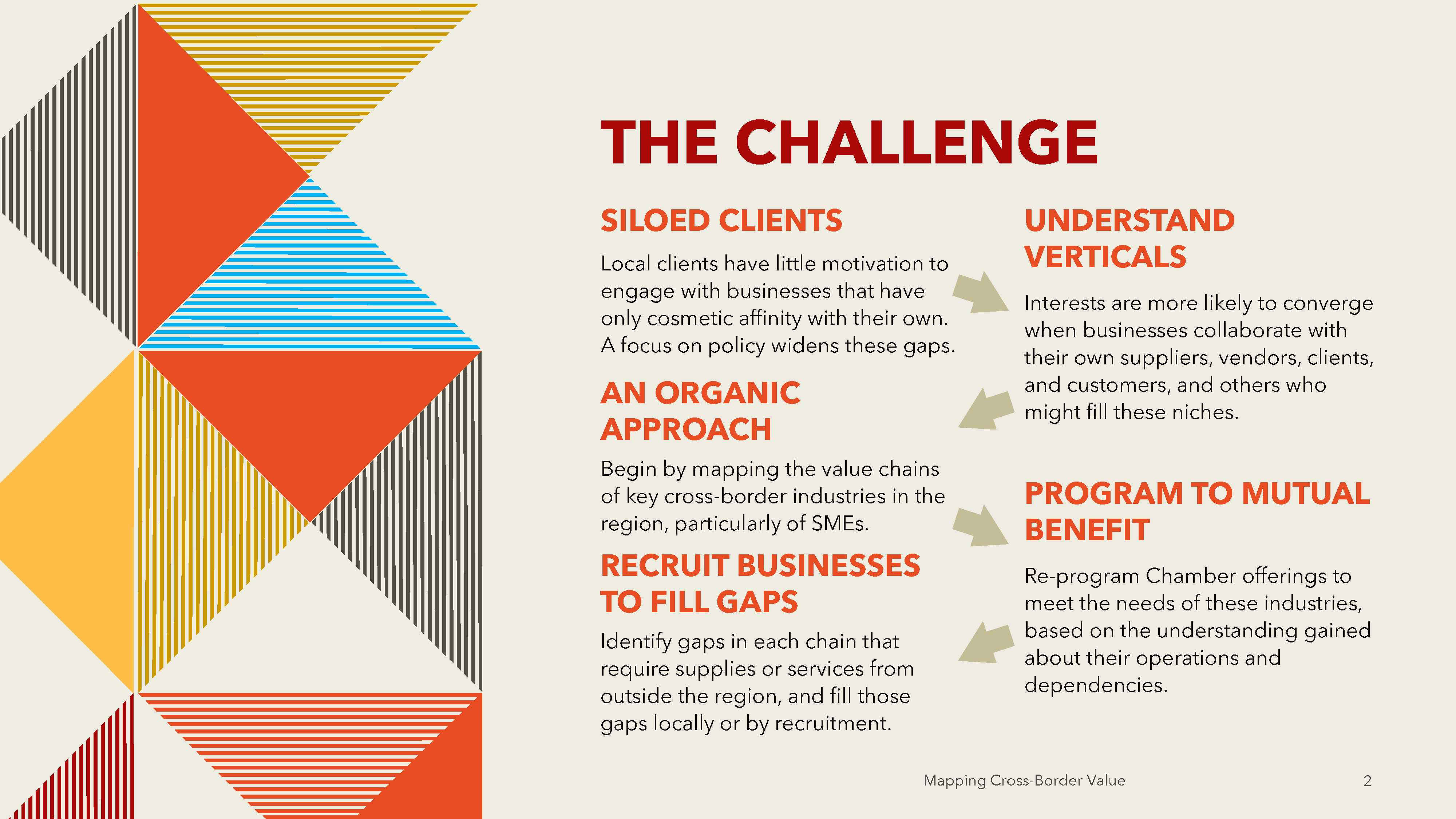
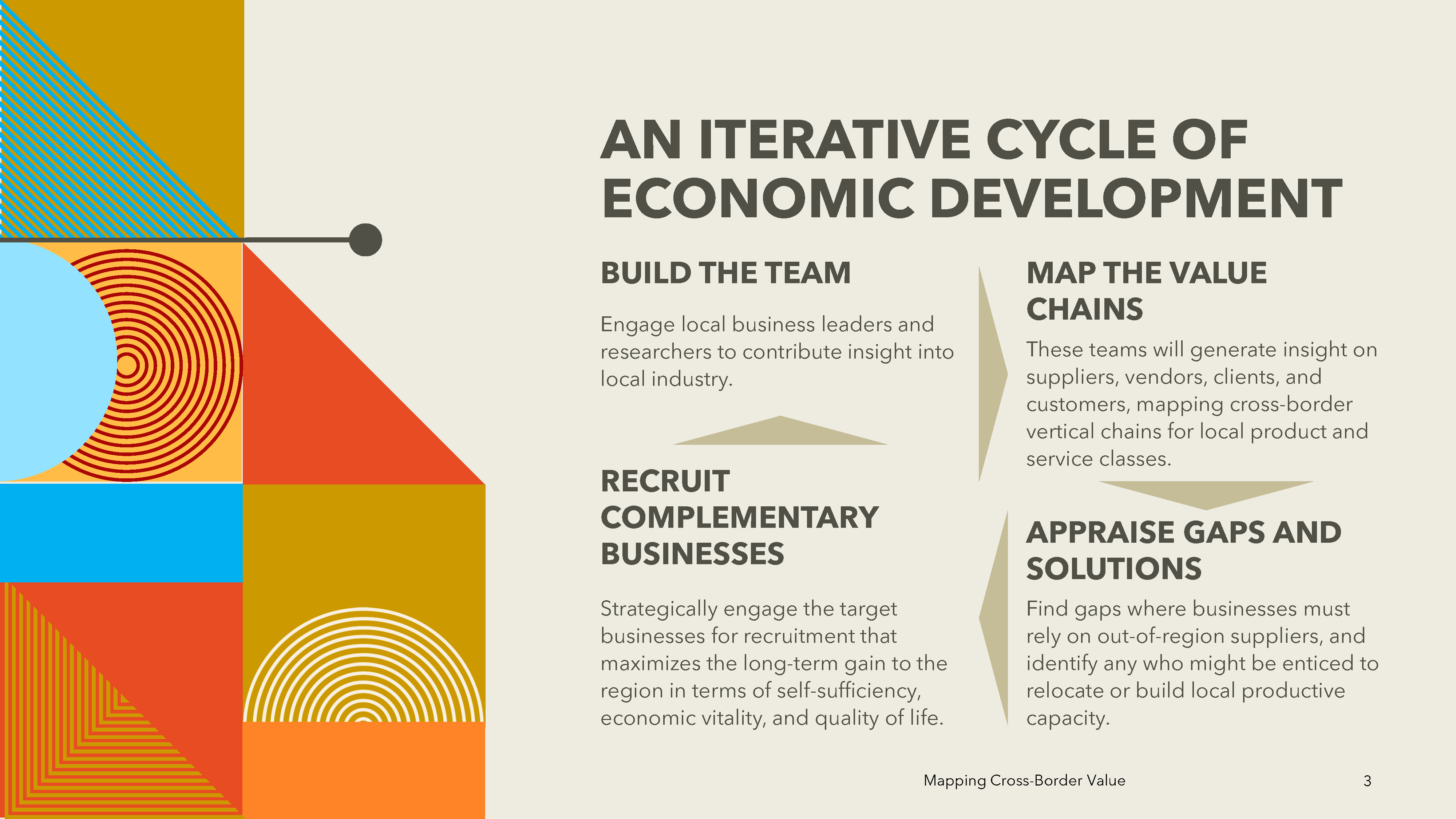
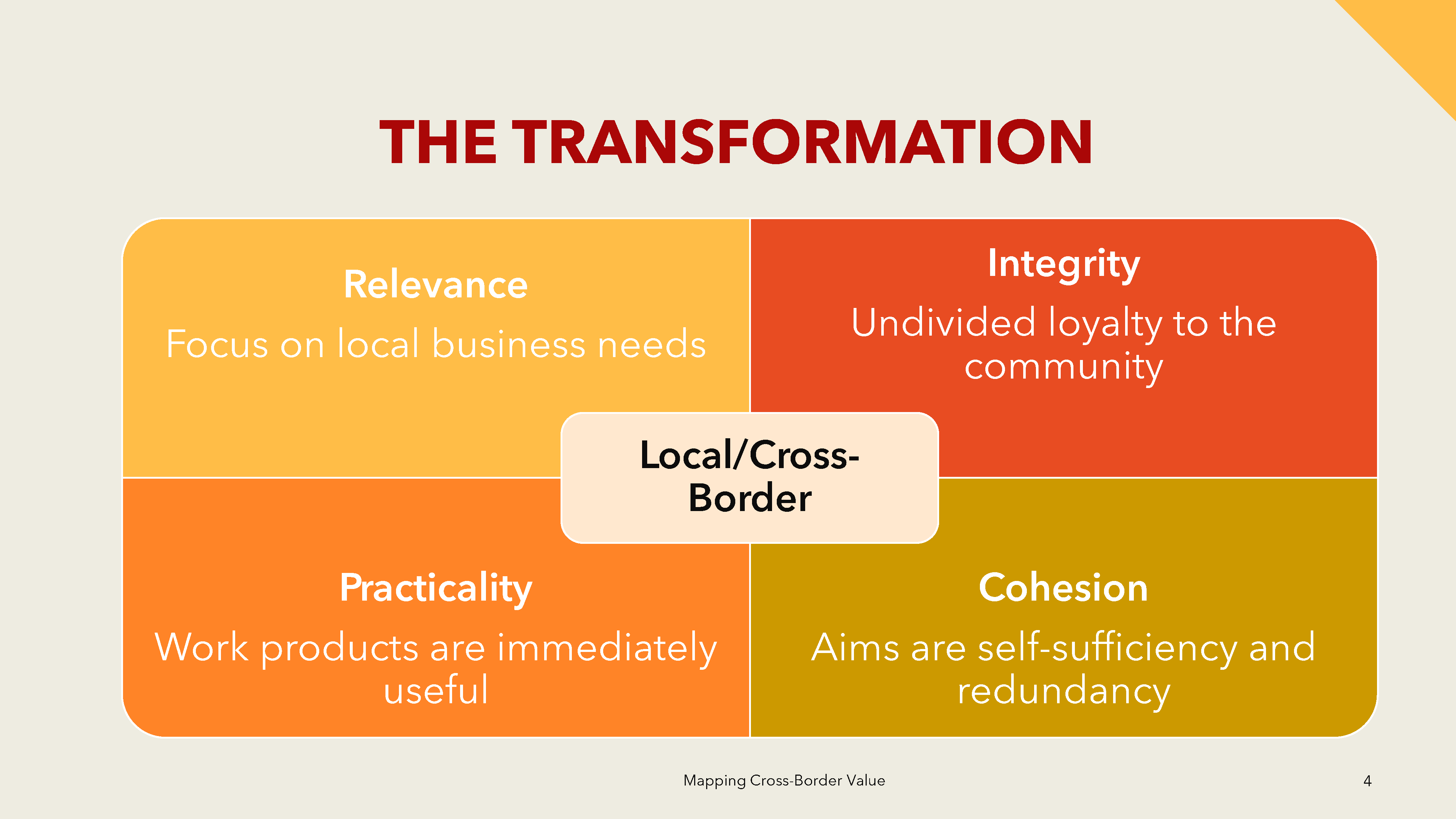

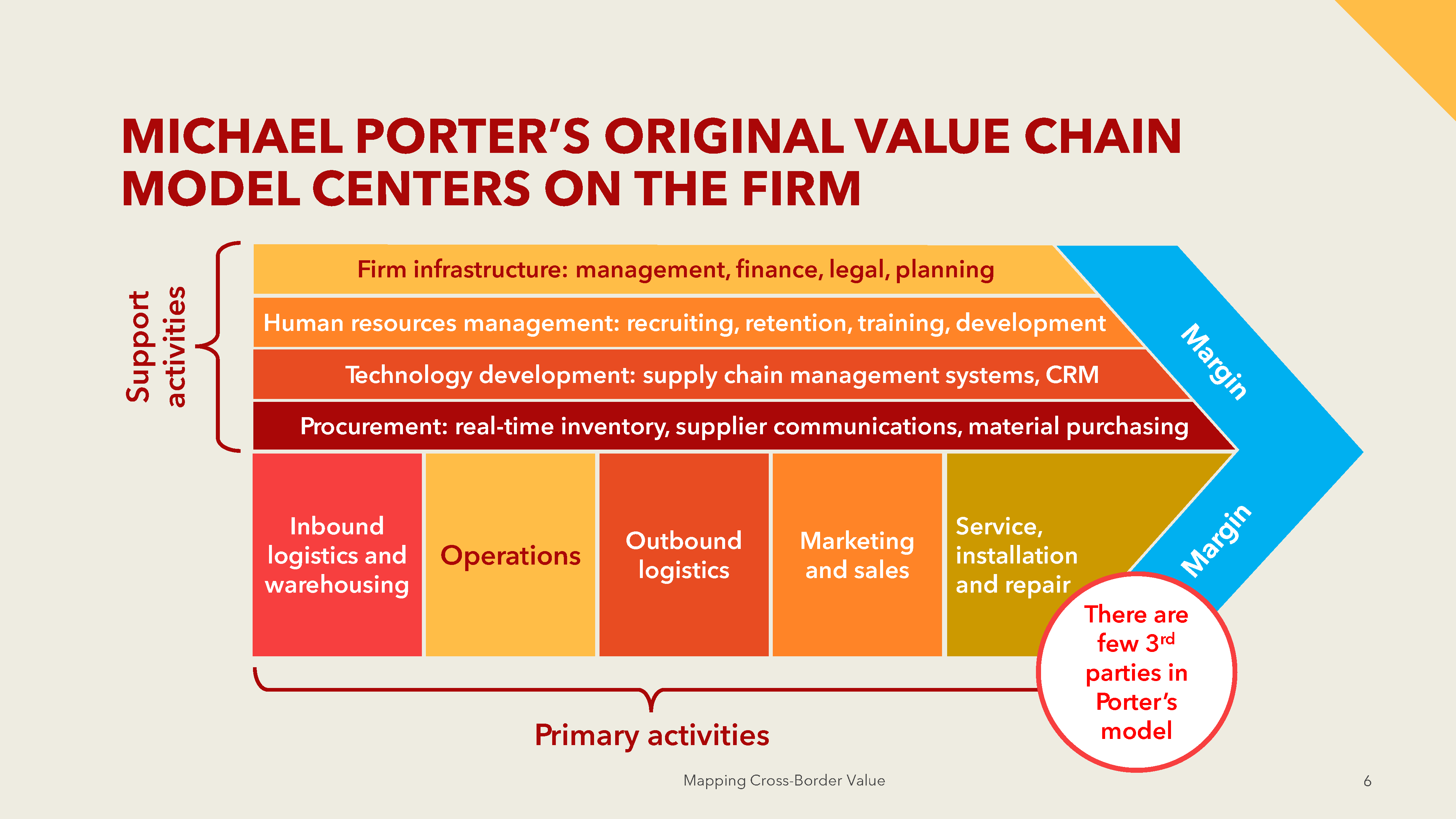
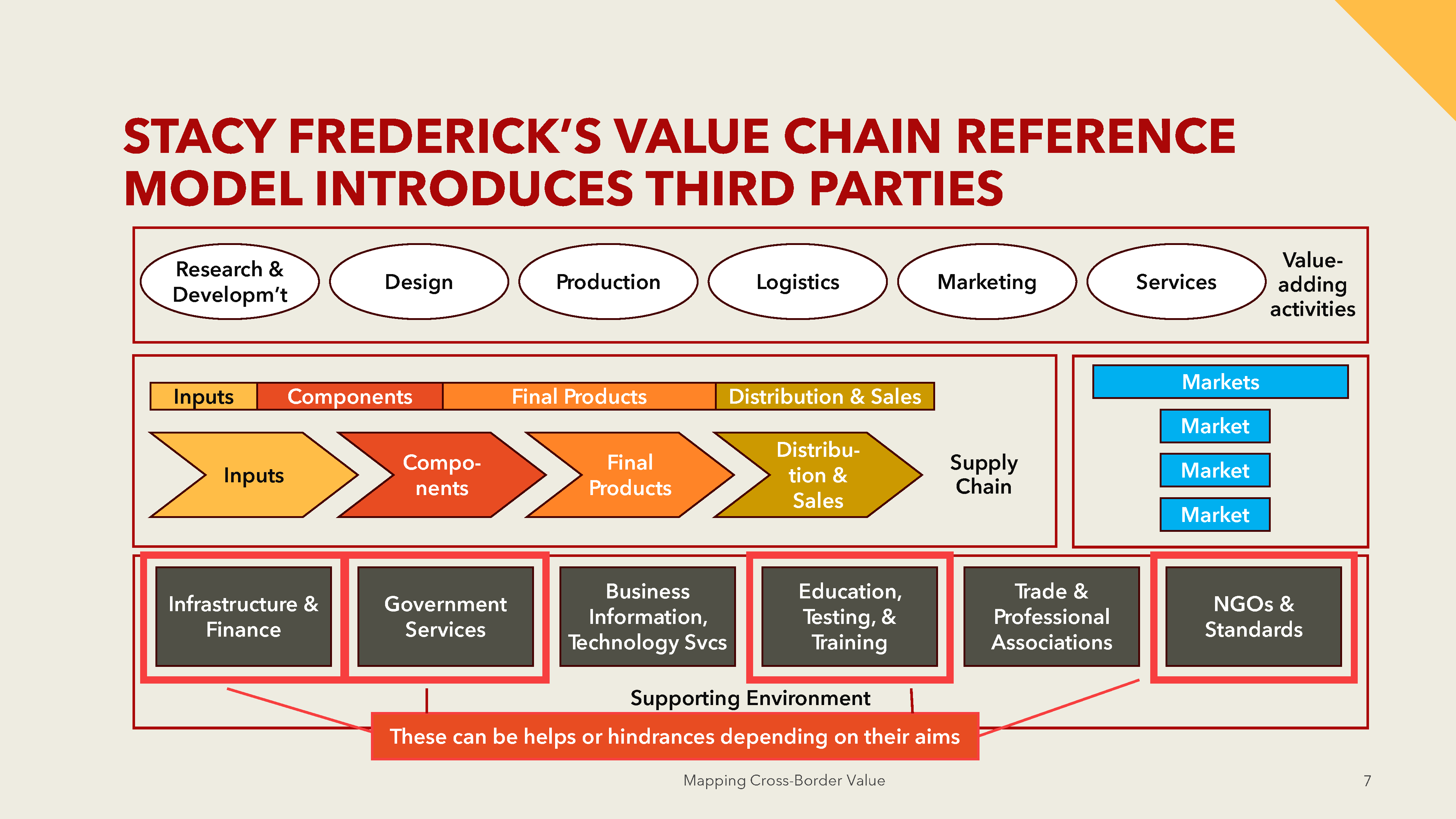
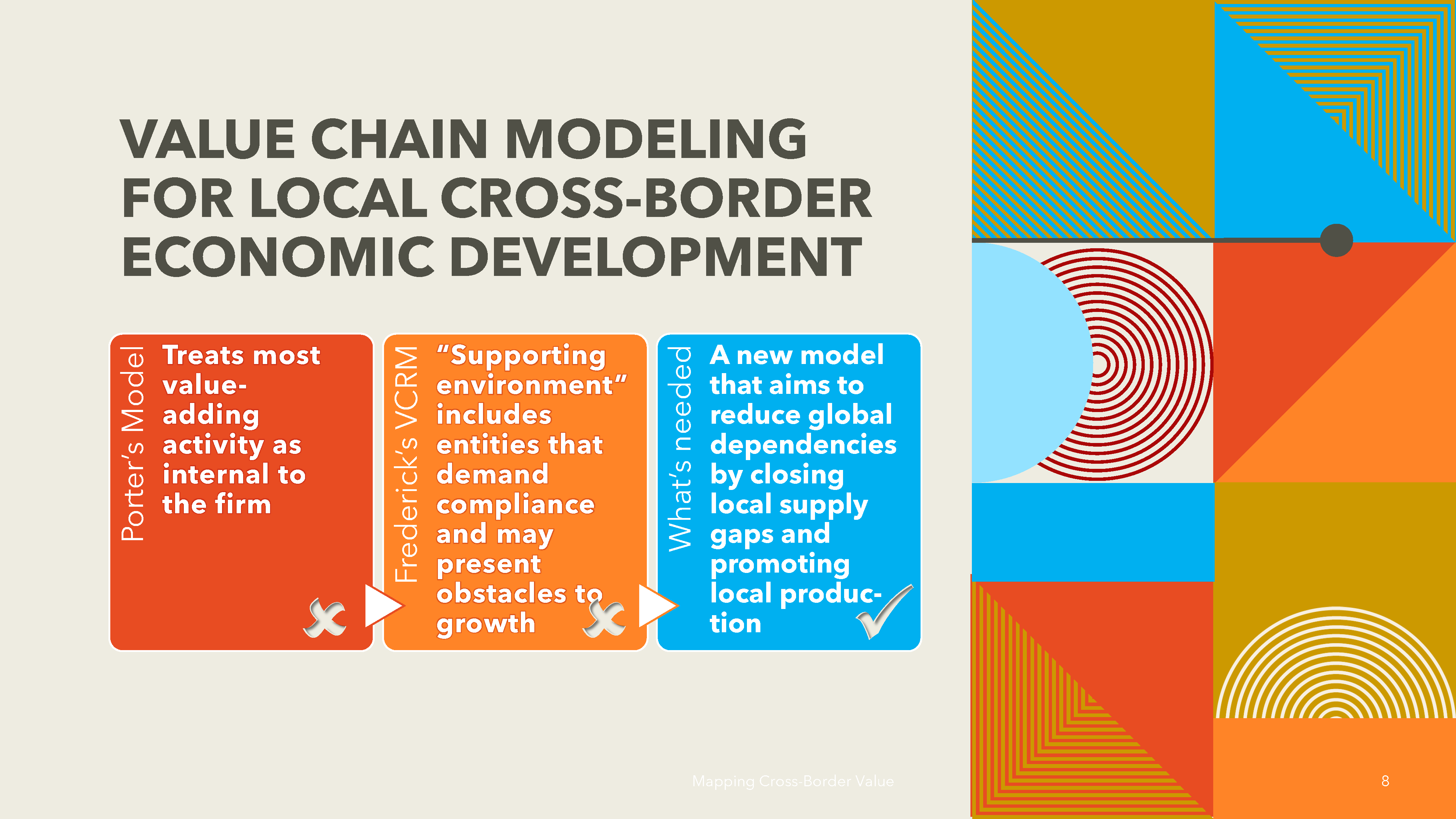
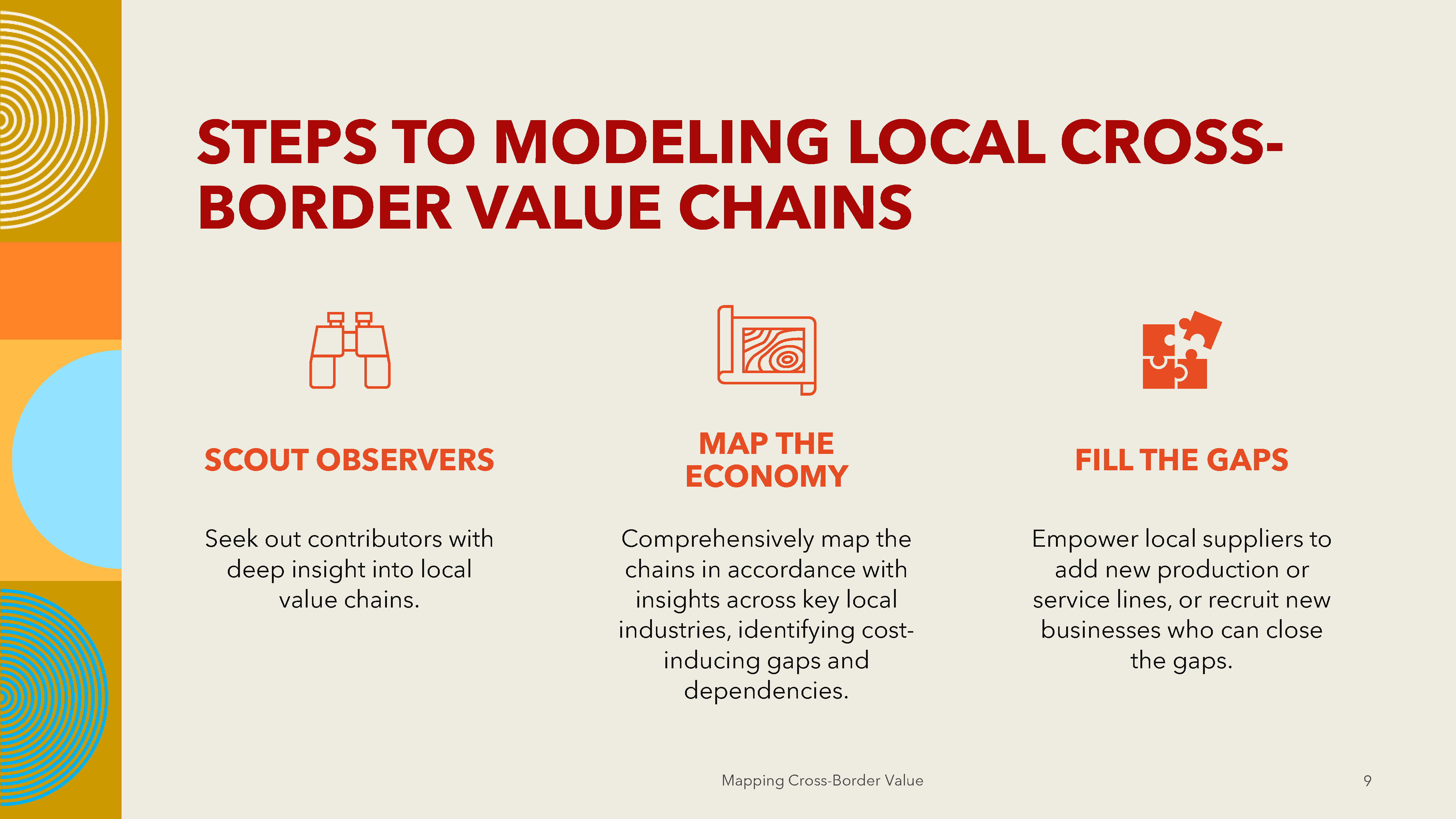
I have taken some time to go through the Biden Administration’s fact sheet on the White House Council on Supply Chain Resilience. I have since concluded that there is neither much overlap nor much conflict between this program and the Cross-Border Value Chain Mapping Project and its follow-up programs (VCMP) that I have proposed, except insofar as they compete for the same human resources, talents, and local funds.
There is a possibility of conflict on the cross-border nature of the VCMP, as Mexico is not a slave to U.S. national security policy. The VCMP is purposefully heedless as to foreign investment and contributions of parties that the U.S. government today and perhaps tomorrow may regard as adversaries. The White House Council aims at monitoring, control, and security. The VCMP is aspirational, advancing the cohesion, efficiency, and economy of trade, along with the local quality of life.
In any case, I have no doubt that the VCMP is likely to have local effects of longer duration than these federal programs, whose primary beneficiaries are in Washington D.C., not [the local community where the value-chain study is implemented].
Here is a table quickly summarizing some of the important differences between the two:
| Question | White House Council On Supply Chain Resilience | Cross-Border Value Chain Mapping Project (VCMP) |
|---|---|---|
| What are the overall aims of the program? | Cabinet-level and national security agency oversight of supply chains in crucial industries (pp. 2-3); subjecting production of essential medicine and treatments to the Defense Production Act (p. 3); adding supply chain data-sharing capabilities (p. 4); and other actions to protect global supply chains and the national security (p. 5). | Mapping and documenting intraregional value chains; monitoring new market entrants and exits; and recruiting new industry participants to, as much as possible, localize these value chains; close production, service, and logistical gaps; and reduce costly dependencies on remote suppliers. |
| What is the scope of program activities? | Global/nationwide | Local/subregional, cross-border (within the Borderplex) |
| What is the role of oversight? | Integral | Of little importance; any monitoring is aimed at identifying new businesses |
| What is the relevance to national security? | National security is essential to all aspects | National security may or may not be relevant to any one value chain, and cross-border participation imposes constraints on some industries |
| Are certain industries preferred? If so, which? | Yes, those national security-related industries, including pharmaceuticals and “clean” energy, that are deemed at risk of foreign dependencies | None, except to the degree that participants upstream and downstream in any industry can be localized to the Borderplex region |
| Are government agencies tasked with selecting among industries and suppliers? | Yes ("The NDIS ... will ensure a coordinated, whole-of-government approach to and focus on the multiple layers of suppliers and sub-suppliers that make up these critical supply chains," pp. 5-6) | Not at all |
| Are subsidies an aim, and if so, to which industries? | Subsidies are to be provided to targeted industries, especially by the DOE, USDA, and DOD, for clean energy, food supply, and defense-critical supply chains, respectively (p. 5) | Most businesses at the scale of subjects of the VCMP will not qualify for federal subsidies, and subsidies are neither an offering nor a target of the program |
| Is infrastructure (highways, ports) a subject of interest? | Yes; for example, the USDOT Multimodal Freight Office will review State Freight Plans (p. 7) | Infrastructure comprises multiple assumptions of the program; they are not subjects of interest to program activities, although they may be helped or impeded by the White House Council programs |
| At what level are data and information collected and analyzed? | Federal | Local, cross-border |
| What kinds of analytical devices and frameworks are proposed? | Database compilation and analysis, mapping, wargaming (pp. 6-8) | Database compilation and analysis, mapping, possibly wargaming (may discuss) |
| Is interdiction of competing foreign supply chains a subject of the program? | Yes (Global Labor Directive, p. 11). | Certainly not. |
But the White House Council offers subsidies and other incentives, correct?
Yes, it does. The question is whether any of these incentives, all aimed at control and security rather than actual economic development, offer long-term benefits to communities in the U.S.

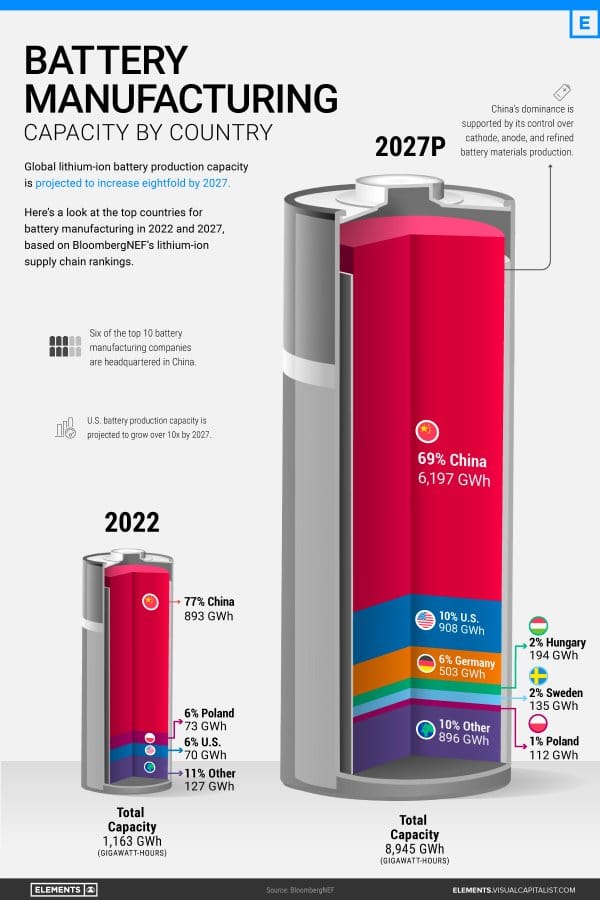
Above: China produced nearly 78 percent of solar cells and related products worldwide in 2022, and is forecast to capture 69 percent of global lithium-ion battery production by 2027. Sources: Statista, VisualCapitalist.com
For example, “DOE’s recently announced $3.5-billion investment through the Bipartisan Infrastructure Law to boost domestic production of advanced batteries and battery materials needed for essential clean energy technologies such as stationary storage and electric vehicles.”
This $3.5 billion would comprise 83/100 of one percent of the market capitalization of photovoltaic energy production companies worldwide in 2022, which totaled $422 billion. In that year, Chinese production alone contributed nearly 78 percent of global solar cell production. True, the green energy business is broader than PV production, but this only further lessens the influential weight of the subsidy.
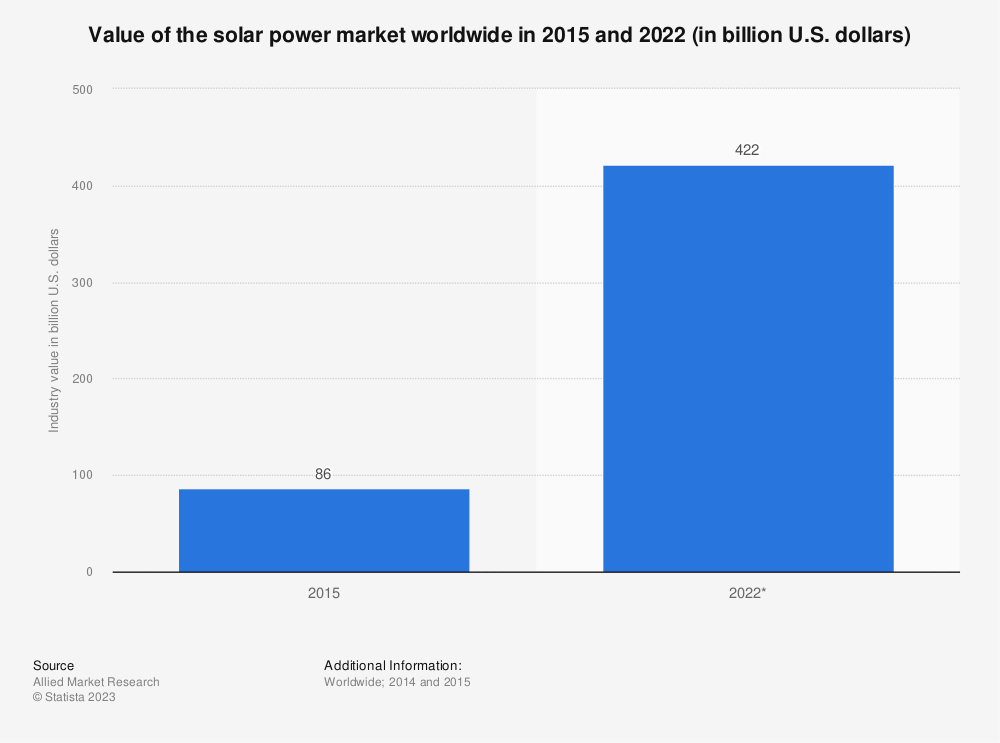
The dubious practical value of subsidies in a competitive global market will not inhibit local entities from seeking such incentives for their short-term economic benefit. However, such entities have often found themselves competing against others whose strong political support for claims to these subsidies belied their actual merits.
A notable example is the December 6, 2023 letter from Senator Rick Scott (R/FL) to U.S. Secretary of Commerce Gina Raimondo, calling for “an investigation into imports from Communist China of all grades of garlic” for their “grave threats to our national security, public health, and economic prosperity.” Writing for The Dispatch, Scott Lincicome, Vice President, General Economics & Trade at the Cato Institute, recently observed that the use of federal policy for economic intervention can be and often is exploited by domestic parties in ways that deviate from the expressed purpose of that intervention:
Subsidies and other types of government support can also snowball, as unsubsidized companies seek equal footing with their subsidized competitors—or as subsidies to one industry give an unrelated industry the green light to push for their own government support. When the government announces that it’ll pick winners based on “national security” or whatever, every company is suddenly going to start telling the feds it’s essential to national security or that its overseas competitors threaten it. And peer firms will too. (This is a longstanding joke in Washington.)
Conclusion
Back to the original question: are these programs complementary? Perhaps they can be compatible without complementing each other. No gamble is being taken in seeking to better understand your local industries’ value chains and how they interact. The knowledge to be gained will better inform efforts to entice larger companies or even to win federal subsidies later on, if it’s of practical value to the community.



